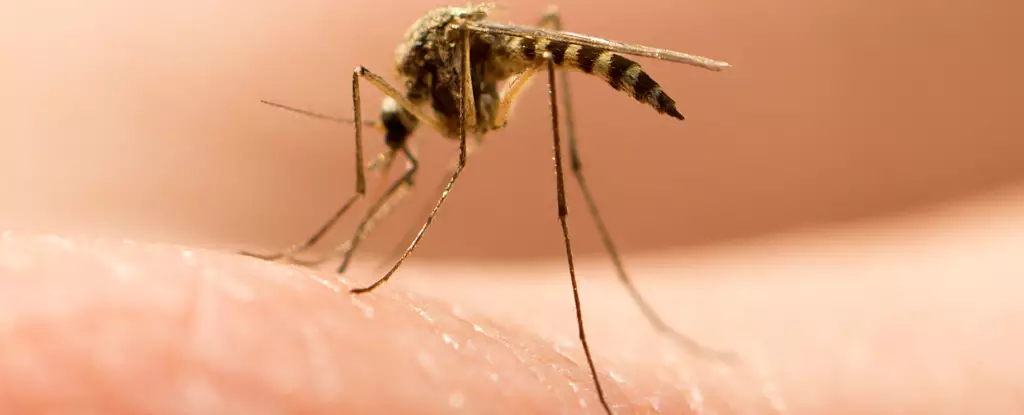Recently, a tragic incident occurred in the state of New Hampshire, where an adult from the town of Hampstead succumbed to the rare mosquito-borne eastern equine encephalitis (EEE) virus. This unfortunate event has raised alarms among health authorities and the local community. It is crucial to raise awareness about the risks associated with EEE and take necessary precautions to prevent further cases.
The incidence of EEE is on the rise across New England, with state officials attributing this trend to climate change. The changing climate conditions are creating a more favorable environment for mosquitoes, the primary carriers of the virus. As a result, the risk of contracting EEE has increased significantly in recent years. It is essential to address the root causes of this problem and take concrete actions to mitigate the impact of climate change on public health.
The symptoms of eastern equine encephalitis can range from mild flu-like symptoms to severe neurological complications. Patients may experience fever, headache, vomiting, diarrhea, seizures, behavioral changes, and drowsiness. In some cases, the virus can lead to inflammation of the brain and spinal cord, causing encephalitis and meningitis. The mortality rate for EEE is around 30%, with many survivors facing long-term physical and mental consequences. Certain populations, such as children under 15 and adults over 50, are at a higher risk of severe illness.
Given the lack of vaccines or specific treatments for EEE, prevention is key to reducing the spread of the virus. Health officials recommend using insect repellent, wearing protective clothing outdoors, and eliminating standing water around homes to prevent mosquito breeding. These simple measures can significantly lower the risk of mosquito bites and subsequent infections. It is essential for individuals to be proactive in protecting themselves and their families from the dangers of EEE.
The recent death in New Hampshire due to eastern equine encephalitis serves as a somber reminder of the threat posed by mosquito-borne diseases. With the increasing prevalence of EEE in the region, it is vital for communities to come together to raise awareness, implement preventive measures, and support ongoing research efforts. By working collaboratively, we can combat the spread of EEE and protect the health and well-being of our population.


Leave a Reply